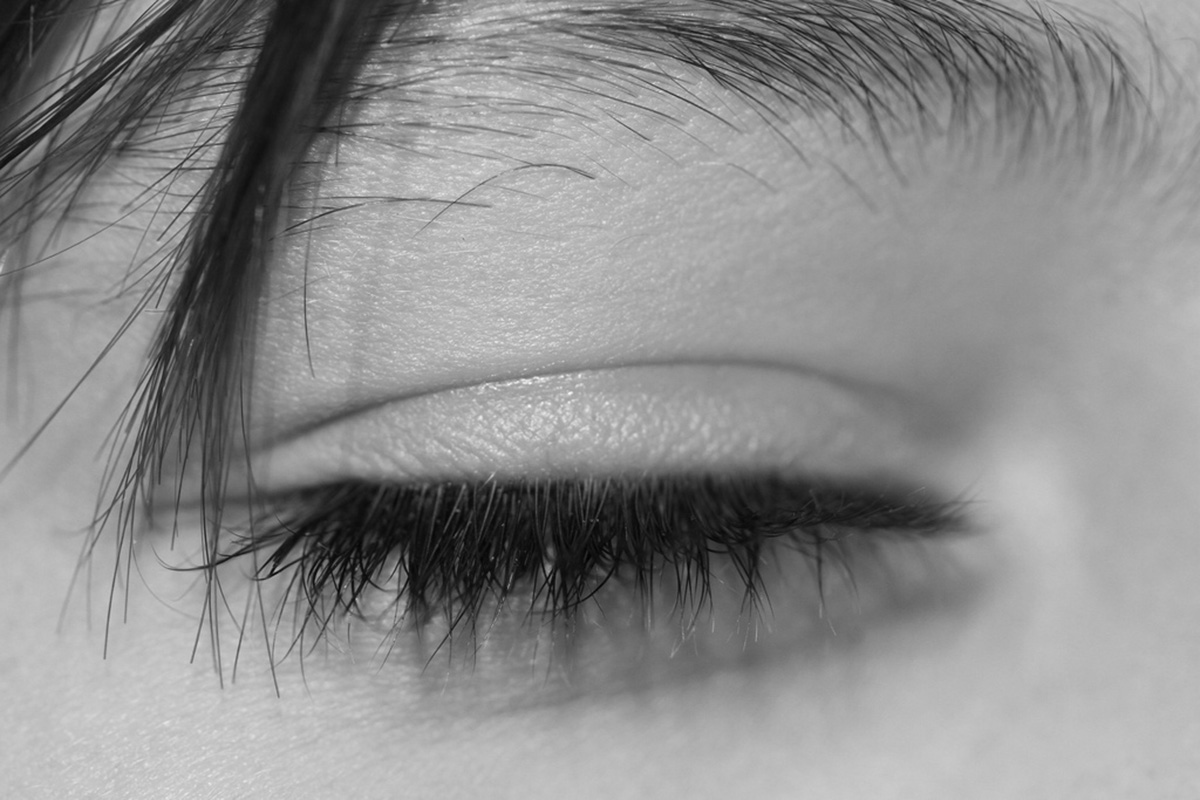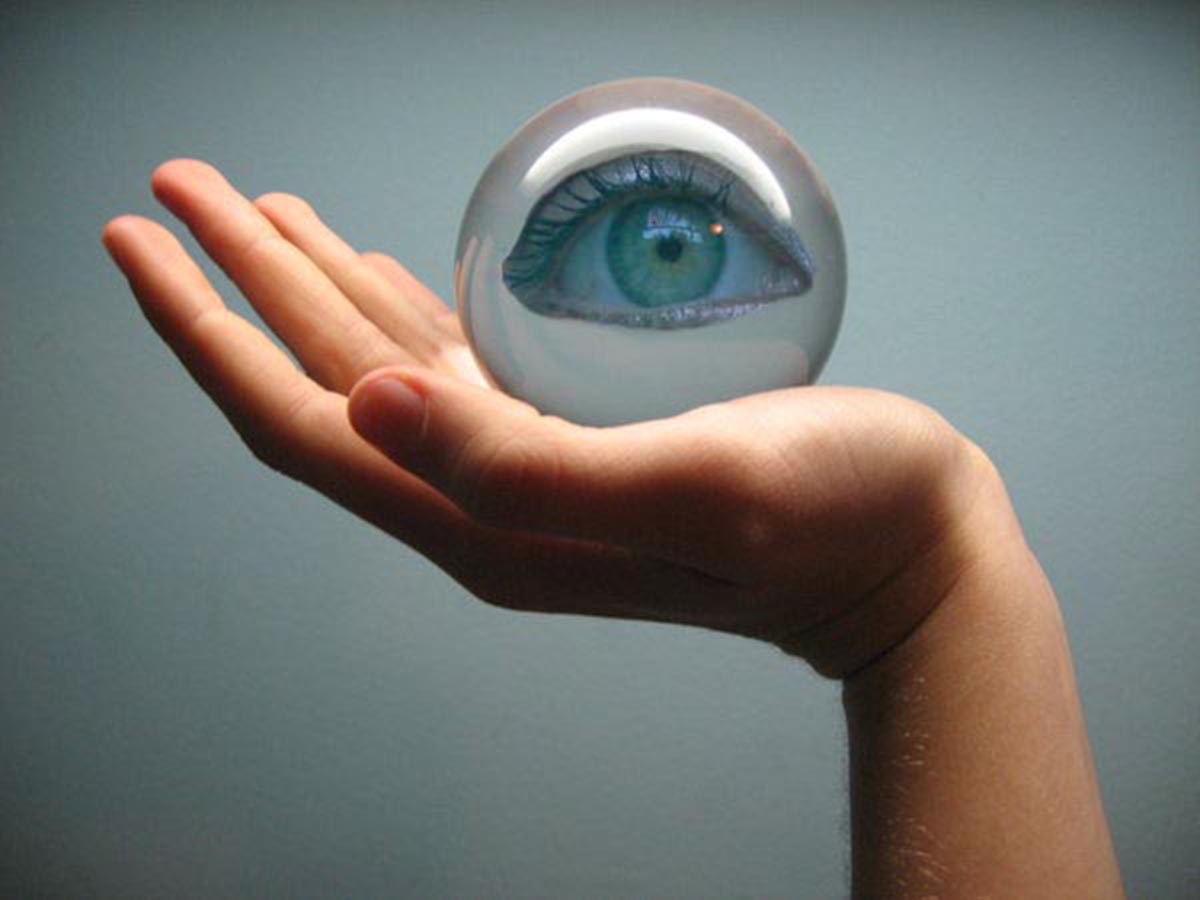Bietti Crystalline Dystrophy is a malady of the eye in which numerous small, yellow or white crystal fatty deposits collect in the light-sensitive tissues that line the back of the retina. The deposits cause damage to the eye and result in a person experiencing progressive loss of vision.

The vision issues associated with Bietti Crystalline Dystrophy may get worse at Differing rates in each eye and the severity and progression of vision loss will be different with each person. Most people with this condition will be left legally blind by the time they enter their forties or fifties. Most affected with Bietti’s will retain some degree of sight, but it is usually limited or resigned to the center of the visual field, though it is often blurry and not correctable with glasses or contacts. Vision impairment that cannot be improved with the aid of corrective lenses is referred to as “low vision.”
How Common Is Bietti Crystalline Dystrophy?
According to information from the US National Library of Medicine, Bietti crystalline dystrophy occurs in 1 in 67,000 people around the world. The disorder happens more often in people of East Asian descent, particularly those of Japanese and Chinese lineage. Scientists suggest the disorder may be underdiagnosed due to the symptoms being so similar to other eye disorders affecting the retina.
Is The Disorder Due To Genetics?
The condition is caused by mutations in the CYP4V2 gene, which is responsible for instructions for making a member of the cytochrome P450 family of enzymes. These enzymes play an important role in the formation and breakdown of various molecules and chemicals within cells. The CYP4V2 enzyme is responsible for a multi-step process referred to as fatty acid oxidation, in which lipids are broken down and converted into energy. However, the specific function of the enzyme is not completely understood.
The genetic mutation responsible for Bietti crystalline dystrophy damages or eradicates the function of the enzyme and it is thought to effect lipid breakdown. It is not currently known how these enzymes lead to the specific signs and symptoms associated with Bietti crystalline dystrophy. For reasons that are unknown, the severity of the signs and symptoms associated with the disorder will differ in people with the same CYP4V2 gene mutation.
Bietti Crystalline Syndrome: How Is It inherited?
This abnormality is inherited in an autosomal recessive gene pattern, which means both copies of the gene in question have mutations. The parents of a child with an autosomal recessive condition will each carry one copy of a mutated gene and typically they don’t have signs and symptoms of the disorder.
READ Natural Remedies for Dry Eye Syndrome
Signs And Symptoms Of Bietti Crystalline Dystrophy
There are seven main signs and symptoms associated with this condition and these include the following:
- Crystals in the cornea
- Night blindness (progressive)
- Constriction of a person’s visual field
- Yellow shiny deposits on the retina
- Retinal atrophy (progressive)
- Atrophy of the choricapillaries (progressive)
- Atrophy of the back layers of the eyeball (progressive)
Are There Any Diagnostic Tests For Bietti Crystalline Dystrophy?
A definitive diagnosis of Bietti crystalline dystrophy is made by a doctor finding numerous, small, glistening yellow or white crystal deposits on the retina. These crystals are associated with pigment clumping, sclerosis of the choroidal vessels, and variable crystal deposits in the in the cornea. Doctors might also notice varying degrees of rod and cone dysfunction, visual field defects and reflective dots witnessed by spectral domain optical coherence tomography.

How Is Bietti Crystalline Dystrophy Managed?
Managing someone who suffers from this condition involves early diagnosis and specialized genetic counseling in order to decrease morbidity through providing a sufferer with preventative care. The treatment options for Bietti crystalline dystrophy are limited and tend to focus on optometric visual rehab when possible, using low vision aids, mobility training and orientation. However, as the genes responsible for the disorder are being identified, there are currently scientists working in the field of gene and molecular therapy. Presently, there is no cure for the disease and eventually a person’s vision will entirely disappear.
What Treatment Is Available?
Once a person has been diagnosed with this disorder, there are limited treatment options available. Bietti Crystalline Dystrophy is not correctable by wearing glasses or contacts and such vision impairment is known as “low vision.” People with this disorder are referred to low vision specialists or professionals who are trained to treat and manage visual impairments. It is important for the condition to be periodically monitored to track its progression and to determine if something more needs to be done.
Prognosis
Bietti Crystalline Dystrophy is inherited as an autosomal recessive condition. At conception, each sibling of an effected individual has a 25 percent chance of developing it, and a 50 percent chance of being an asymptomatic carrier and a 25 percent chance of being an unaffected carrier. The disorder is caused by mutations in the CYP4V2 gene, which is a family member of the cytochrome P450 genes on the 4q35 chromosome.
Currently, there are not many ongoing studies or in depth information about this rare and debilitating disorder. What is known is that it is difficult to diagnose, progressive in nature and it turns up most often in people between the ages of 15 and 30 years of age. While there is no cure for the disease, when you educate yourself about it and know if you carry the gene or not, it can allow you to make an informed decision as to your reproductive future.
READ Eye Problems You Are Very Likely To Face When You Age
If this disorder has occurred in your family and you wish to have children, it is very important that you consider some type of genetic counseling to determine any risk factors.
- Photo courtesy of Réno via Flickr: www.flickr.com/photos/renaud44/5409621449
- Photo courtesy of Réno via Flickr: www.flickr.com/photos/renaud44/5409621449
- Photo courtesy of Valerie Everett via Flickr: www.flickr.com/photos/valeriebb/3488188022


Your thoughts on this